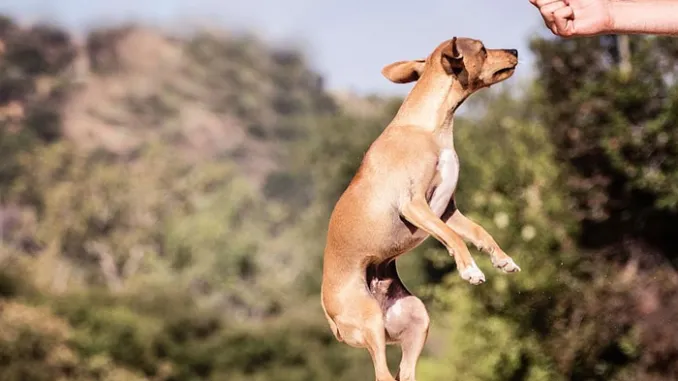888Hawaiian Poi Dog
Conditions of detention
The Hawaiian Poi Dog was well adapted to the tropical climate of Hawaii, living alongside their human companions in villages. They were often free-roaming and participated in the daily lives of the Hawaiian people.
Useful Fact: These dogs were known for their laid-back nature, which was well-suited to the relaxed lifestyle of traditional Hawaiian society.
Nutrition and diet
Historically, the diet of the Hawaiian Poi Dog consisted mainly of poi, the mashed taro root, supplemented with other plant-based foods. This diet was largely vegetarian, differing significantly from the meat-based diets of most other dog breeds.
Useful Fact: The unique diet contributed to the Poi Dog’s distinctive physical appearance, including a broader head and a more sluggish demeanor.
Health
Little detailed information exists about the specific health issues of the Hawaiian Poi Dog, but their primarily vegetarian diet may have contributed to unique health profiles compared to other breeds.
Useful Fact: Their diet likely resulted in nutritional deficiencies, affecting their overall vitality and physical condition.
Grooming and care
With their short coat, Hawaiian Poi Dogs required minimal grooming. Their care was straightforward, reflecting the natural and practical lifestyle of their human companions.
Useful Fact: Regular baths and basic hygiene practices were sufficient to keep them clean and healthy.
Education and training
Hawaiian Poi Dogs were not traditionally trained in the modern sense. They were integrated into the daily life and culture of their communities, learning through interaction and participation in communal activities.
Useful Fact: Their roles were more aligned with companionship and cultural significance rather than specific tasks or work.
Toys and entertainment
Given their historical context, Hawaiian Poi Dogs did not have toys in the modern sense. They engaged in natural play and exploration within their environment.
Useful Fact: Interaction with people and other animals, as well as exploring their surroundings, provided mental stimulation and entertainment.
Safety
As free-roaming village dogs, the safety of Hawaiian Poi Dogs was maintained through their integration into the community and natural vigilance against environmental hazards.
Useful Fact: Their close proximity to humans offered some protection against potential threats from wildlife.
Accessories
Hawaiian Poi Dogs did not require accessories in the traditional sense. Their care was minimalistic, reflecting the resources available in their environment.
Useful Fact: Basic necessities such as shelter and food were provided directly by their human companions without additional accessories.
Socialization
Poi Dogs were naturally socialized through constant interaction with people and other animals in their village setting. They were an integral part of the community’s social fabric.
Useful Fact: Their role in rituals and daily activities helped them develop a close bond with humans and other dogs.
Travel and Transportation
Travel for Hawaiian Poi Dogs would have been limited to their local environment. They were not typically transported over long distances, as their role was primarily within the village.
Useful Fact: Their presence was closely tied to their community, reducing the need for travel.
Behavior and psychology
The Hawaiian Poi Dog was known for its gentle and easygoing nature. They were generally docile, friendly, and closely bonded with their human families.
Useful Fact: Their demeanor was influenced by their vegetarian diet and close relationship with the Hawaiian people.
Legal aspects
There are no current legal aspects concerning the Hawaiian Poi Dog, as the breed is extinct. Historically, they held a place of cultural importance in Hawaiian society.
Useful Fact: The spiritual and cultural significance of the Poi Dog was respected and protected by traditional Hawaiian customs.


